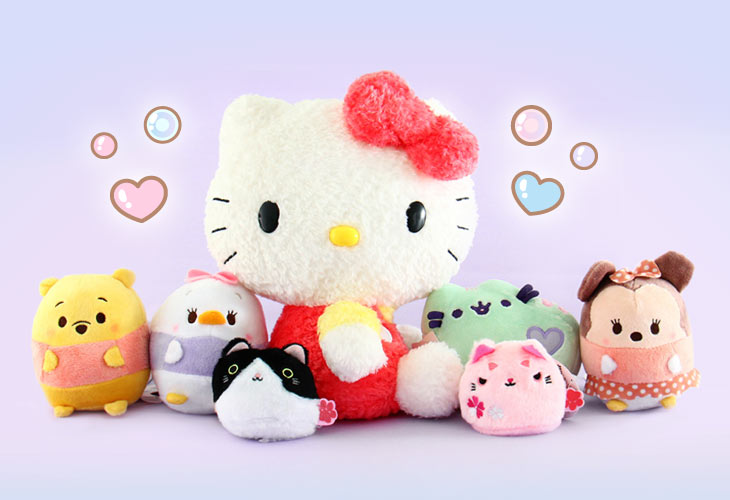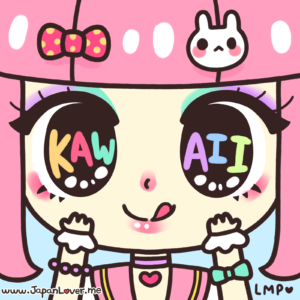
May
Kawaii: The Japanese Culture of Cuteness
‘Kawaii’ plays a large role within Japanese culture and can be found almost everywhere – within fashion, pop-culture, merchandise, and even for bank and insurance mascots. Local councils even use cute signs for road works! And for those who have noticed the high pitched voices amongst many Japanese female announcers on trains, well yes that is also considered ‘kawaii’. So what is it about Japan’s obsession with everything ‘kawaii’?
There are several theories which seek to explain cuteness within Japanese society. Some believe it is rooted in Japan’s harmony loving culture and their desire to avoid conflict. By appearing cute or having cute possessions, some maintain, is to appear non-assertive and willing to co-operate with others. Some other sociologists put the Japanese obsession with cuteness, especially amongst females, down to their desire to appear infantile which is connected to another Japanese socio-cultural concept known as ‘amae’ or an unconscious desire to be taken care of and be dependent on others – behaviours strongly rooted in the traditional rice cultivating communities from long ago and of course from the times of the warrior samurai where women were expected to be more submissive.

So what influence does the obsession with kawaii have within society as a whole? One good example is the strong desire of Japanese females to appear young and maintain their youthful look – much more so than females from the West who tend to embrace their maturity more. Whether it’s preventing wrinkles and sun spots with cosmetics, attaching a cute accessory to a mobile phone or luxury pen, or adopting a cute mannerism like puffing one’s cheeks in a moment of anger, appearing young and cute is frequently top of mind.
A recent study conducted amongst both foreigners and Japanese helps support this idea. 50 Japanese females and 50 Western females aged between 20 and 50 yrs old took a survey in downtown Tokyo asking them how old they wished they looked. For those aged between 20 and 25 Japanese females generally wished they looked 3-5 years younger. In contrast western females aged between 20 and 25 on average wish they looked 2-3 years older. For women in their 40s, and 50s western females generally desired to look an average of 5 years younger. Japanese females, on the other hand, expressed a strong desire to appear at least 10 years younger and for some even 15 or 20 years younger.
The implications which stem from this obsession with cuteness for brands, especially female targeted brands, are many. While there is a desire amongst Japanese females to convey status, there is little desire to appear assertive and retaining their sense of femininity and youth is important. In the west, for example, many luxury brands appeal to their female customers by conveying an image of status, power, and individuality through marcomms and product designs. In Japan, however, it has been necessary for luxury brands to focus less on the image of power that luxury can sometimes convey and connect to females through more feminine accents within their marcomms and product lines. Two luxury brands which have been successful at this have been Louis Vuitton and Chanel which are frequently releasing cute designs of accessories and bags which appeal specifically to Japanese females. Some other luxury brands, however, resisted the trend to add cute designs and colors to their product lines, maintained their mature image, and struggled in the Japanese market.
Foreign jewellery brands have had similar experiences. Why are local jewellery brands so dominant over their foreign rivals here? Because they understand the code of cuteness. Their product lines are feminine and cute and their jewellery has a refined elegance that fulfils the Japanese desire to appear cute and feminine.
So when you next hear the word ‘kawaii’ in a Japanese focus group explore the connotations of the term and implications for your brand a little further. In many western markets hearing the word ‘cute’ used when discussing your brand may not be an entirely positive association, however, in Japan it can often be an association that lead to the brand’s success.



Sorry, the comment form is closed at this time.